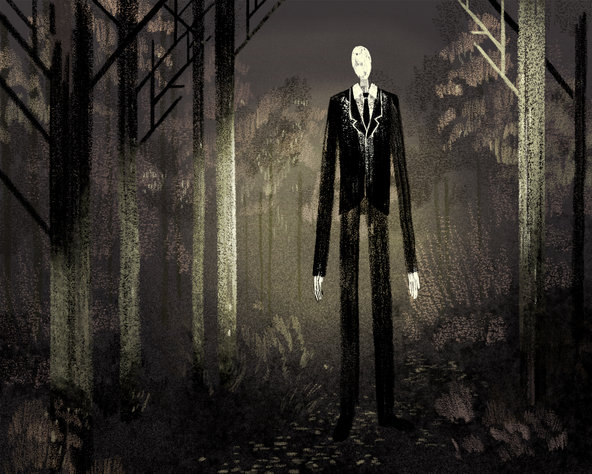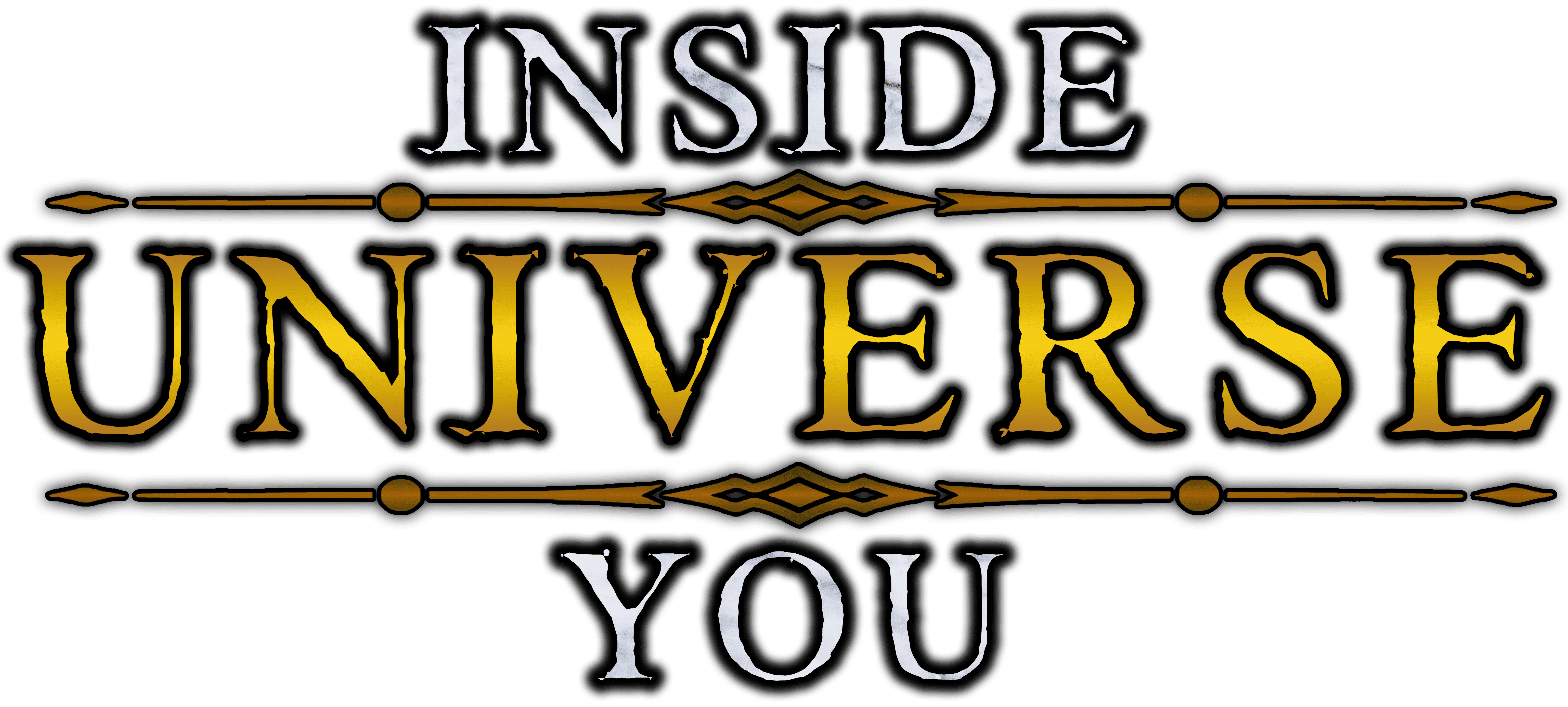In the heart of our bustling cities and the quiet corners of our small towns, an extraordinary form of storytelling has thrived for generations. These are urban legends, the captivating narratives that refuse to wither away with time. Urban legends serve as the modern-day descendants of ancient folklore, stories that beckon us to question the boundary between reality and imagination. They are tales that linger in our collective memory, their eerie whispers echoing through the corridors of our culture.
In this exploration, we embark on a journey into the fascinating world of urban legends. Together, we will dissect the anatomy of these tales, unveil the psychology behind their enduring fascination, and delve into some of the most iconic and spine-tingling stories that have captured our imaginations. Urban legends are more than mere tales; they are the embodiment of our deepest fears, our shared experiences, and our quest to explore the enigmatic aspects of existence.
The Anatomy of an Urban Legend

Before we dive headfirst into the riveting world of urban legends, it’s essential to understand what sets them apart from other forms of storytelling. At their core, urban legends are contemporary folklore, shaped by the communities in which they originate. They share certain distinctive characteristics:
Anonymity and Vagueness
Urban legends often lack concrete details about the people, places, and times involved. They are intentionally vague, which makes them adaptable to various settings and allows them to persist over time.
Variability
These stories are subject to change as they pass from person to person. Each storyteller adds their own spin, emphasizing certain elements that resonate with their audience.
Fear and Morality
Many urban legends tap into our primal fears and often contain a moral lesson. They serve as cautionary tales, reinforcing social norms and values.
Uncertain Authenticity
Urban legends are notorious for blurring the line between fact and fiction. This ambiguity contributes to their mystique and longevity.
The Legends That Linger
Urban legends come in all shapes and sizes, but a few have etched themselves into our collective memory. Let’s explore some of the most enduring tales:
The Vanishing Hitchhiker
This classic urban legend involves a kind-hearted driver who picks up a hitchhiker, only to have them mysteriously vanish from the backseat during the journey. Variations of this story are found around the world, with slight changes to the circumstances and the ghostly hitchhiker’s identity.
The Babysitter and the Caller
A babysitter receives a series of unsettling phone calls, only to discover that they are coming from inside the house. This chilling tale taps into our fears about vulnerability, both as children left in the care of others and as adults responsible for their safety.
The Hook-Handed Killer
A couple retreats to a secluded lover’s lane, only to hear a news report of an escaped killer with a hook for a hand. Panicked, they drive away, only to discover a hook hanging from the car door handle. This legend preys on the fear of isolated, amorous encounters and the lurking danger that may befall the unsuspecting.
The Killer in the Backseat
A driver becomes increasingly distressed by the actions of a vehicle behind them, only to discover that the frantic driver is trying to save them from a killer hiding in the backseat. This tale taps into our fear of vulnerability and the idea that danger can be closer than we think.
The Kidney Heist
In this chilling legend, an unsuspecting traveler awakens in a hotel room with a note, claiming that one of their kidneys has been removed from the black market. This narrative plays on our anxieties about organ theft, trust in medical establishments, and the vulnerability of traveling alone.
The Psychology of Urban Legends
Urban legends have a unique psychological pull. They tap into our deepest fears, anxieties, and the unknown. Understanding the psychology behind these tales is key to unraveling their enduring appeal:
Fear and Anxiety
Urban legends often revolve around themes of fear, such as death, disfigurement, and the supernatural. They give us a safe space to explore and confront our fears, offering a thrilling sense of vulnerability.
Social Connection
Sharing urban legends fosters a sense of community and connection. When we retell these stories, we participate in a collective tradition that has been passed down through generations.
Cautionary Tales
Many urban legends contain moral lessons or serve as cautionary tales. They reinforce societal norms, warning us of the potential consequences of deviating from these norms.
Ambiguity and Uncertainty
The ambiguous nature of urban legends leaves room for interpretation. This allows each storyteller to adapt the tale to their specific audience, making the story feel personal and relevant.
The Real Origins of Urban Legends
While many urban legends are built on a foundation of pure fiction, some have roots in real events. They often take a kernel of truth and expand it into a narrative that captures our collective imagination:
The Rat in the Fast Food
The infamous “rat in the fast-food” legend is rooted in a few true incidents of foreign objects appearing in restaurant food. While these instances were isolated, urban legends have taken them to extremes, leading to widespread concerns and rumors.
Killer in the Backseat
The “killer in the backseat” legend has roots in legitimate safety concerns. In the mid-20th century, there were reports of criminals hiding in the backseats of cars to attack drivers. The legend plays on these fears and the vulnerability of being alone in a vehicle.
The Kidney Heist
The “kidney heist” legend can be traced back to real cases of organ trafficking. While the specifics of the legend are far from reality, the fear of organ theft is grounded in a genuine concern about the illegal organ trade.
The Digital Age and Urban Legends
In the digital age, urban legends have found a new home on the internet. Social media, forums, and websites have provided a platform for these stories to spread like wildfire. Some even argue that the age of the internet has given birth to a new breed of urban legends, fueled by the speed and anonymity of online communication.
Creepypasta
Creepypasta is a modern form of online horror storytelling. These tales often involve sinister and supernatural elements, and they spread rapidly across the internet. Slender Man, a tall, faceless figure with tentacle-like appendages, is one such creation that has gained notoriety.
Internet Challenges
Internet challenges and viral trends have also given rise to modern urban legends. The “Blue Whale Challenge,” for example, was rumored to be a deadly game encouraging participants to complete self-harming tasks. While the reality of such challenges is often debunked, the fear and intrigue around them persist.
Debunking and Dissecting
Debunking urban legends is not merely an exercise in unmasking the fictitious nature of these stories. It’s an opportunity to explore the psychological and sociocultural factors that underpin their endurance. Many urban legends persist due to a variety of factors, including cognitive biases, social dynamics, and the need for shared narratives.
The Role of Cognitive Biases
Cognitive biases, such as confirmation bias and availability heuristic, contribute to the endurance of urban legends. People tend to seek information that confirms their existing beliefs and rely on the information that is readily available, even if it’s inaccurate.
Social Dynamics
The spread of urban legends is often driven by social dynamics. When a story aligns with the fears or beliefs of a community, it tends to circulate more widely. Communities share these tales to reinforce their shared values and experiences.
The Need for Shared Narratives
Urban legends serve as shared narratives that bind communities and provide a sense of identity. Debunking these legends can disrupt these narratives, which is often met with resistance from those who have adopted the story as part of their cultural identity.
The Legacy of Urban Legends
Urban legends are far more than just the tales we tell to give each other a fright on a dark and stormy night. They leave an indelible mark on our culture, shaping our collective consciousness and influencing various aspects of our lives. In this chapter, we’ll explore the far-reaching legacy of urban legends, from their impact on pop culture to the way they invite us to explore the unknown, and their role in highlighting the resilience of storytelling.
Influence on Pop Culture
The influence of urban legends on popular culture is unmistakable. These gripping narratives have inspired countless works in literature, film, television, and other artistic mediums. Their ability to tap into our primal fears and anxieties has made them a rich source of inspiration for creators. Here are a few ways in which urban legends have infiltrated our cultural landscape:
Horror Films: Urban legends have spawned numerous horror films that have sent shivers down the spines of audiences. Films like “Candyman,” inspired by the legend of saying “Candyman” in front of a mirror, or “The Mothman Prophecies,” which explores the enigmatic Mothman creature, are just a couple of examples. These movies often build on the psychological horror of the original tales, exploiting our fear of the unknown.
Literature: Urban legends have left their mark on the world of literature as well. Authors often draw inspiration from these tales to craft gripping stories that delve into the realms of horror and suspense. The chilling narratives of urban legends have provided a foundation for works like “Scary Stories to Tell in the Dark” by Alvin Schwartz, a book series filled with eerie tales aimed at young readers, and “In a Dark, Dark Room and Other Scary Stories” by Alvin Schwartz.
Television Series: The enduring appeal of urban legends is evident in the numerous TV series that have incorporated these stories into their plotlines. Shows like “Supernatural” and “The X-Files” have explored the supernatural and unexplained phenomena inspired by these legends. They tap into our fascination with the eerie and the uncanny.
Exploring the Unknown
Urban legends invite us to engage with the unknown, to confront our deepest fears, and to grapple with the enigmatic aspects of life. They serve as a vehicle for exploring the shadowy corners of our psyche and our world. Here’s how they facilitate this exploration:
Confronting Fears: Urban legends provide a safe and controlled environment in which to confront our deepest fears. Whether it’s the fear of the dark, the fear of the unseen, or the fear of the supernatural, these stories allow us to experience these fears from the safety of our own imaginations. They provide a psychological thrill that keeps us coming back for more.
Thriving on the Unexplained: The mysteries and unexplained phenomena woven into urban legends offer us a tantalizing glimpse into the world of the supernatural. They allow us to entertain the possibility that there are forces beyond our comprehension, forces that challenge our understanding of the natural world. The allure of the unexplained keeps us captivated by these tales.
Respecting the Enigmatic: Urban legends also encourage a certain level of respect for the enigmatic and the unknown. They remind us that the world is full of mysteries that may never be fully unraveled. In a way, they teach us to approach life with a sense of wonder and curiosity, always open to the possibility that there are things beyond our understanding.
The Resilience of Storytelling
Urban legends, with their enduring presence, remind us of the remarkable resilience of storytelling. They endure because they serve a fundamental human need—to share experiences, create connections, and pass down knowledge. The stories we tell, whether they are urban legends, folklore, or personal anecdotes, shape our perception of the world and our place in it.
Shared Narratives: Urban legends serve as shared narratives that connect us to our communities and cultures. When we share these stories, we become part of a tradition that spans generations. They offer a sense of belonging and identity as we collectively engage with the narrative.
Perpetual Intrigue: The endurance of urban legends is a testament to the unceasing intrigue that stories hold in our lives. These narratives, whether based on fact or fiction, continue to captivate our imaginations, challenge our beliefs, and fuel our curiosity about the unknown. They demonstrate that as long as humans remain creatures of wonder and mystery, stories will persist as a means of exploring and understanding the world.
Blurring Fact and Fiction: Urban legends blur the line between fact and fiction, often leaving us uncertain about their authenticity. This blurring serves as a reminder that storytelling is a dynamic, living entity. It evolves with time, adapting to the needs and desires of each generation. The stories that haunt our collective consciousness may shift and transform, but they will endure as long as they continue to captivate and provoke thought.
Conclusion
As we conclude our journey through the captivating world of legends, we find ourselves at the intersection of fact and fiction, reality and imagination. Urban legends are not mere tales; they are mirrors reflecting our deepest fears, desires, and anxieties. They are stories that reveal the complex interplay between individuals and the societies they inhabit.
The endurance of urban legends speaks to the timeless human need for shared narratives and the power of storytelling to shape our perceptions and behaviors. These stories, whether rooted in reality or entirely fictional, continue to captivate our imaginations, challenge our beliefs, and fuel our curiosity about the unexplained.
Urban legends will persist as long as we remain creatures of wonder and mystery, yearning to explore the dark corners of the unknown. They are a testament to the enduring legacy of storytelling in our lives, serving as a reminder that the line between fact and fiction is often blurred, and the stories that haunt our collective consciousness will continue to evolve, adapt, and endure. In the end, urban legends are a celebration of our shared human experience, where the stories we tell transcend time and place, binding us together in a web of intrigue, fear, and wonder.

